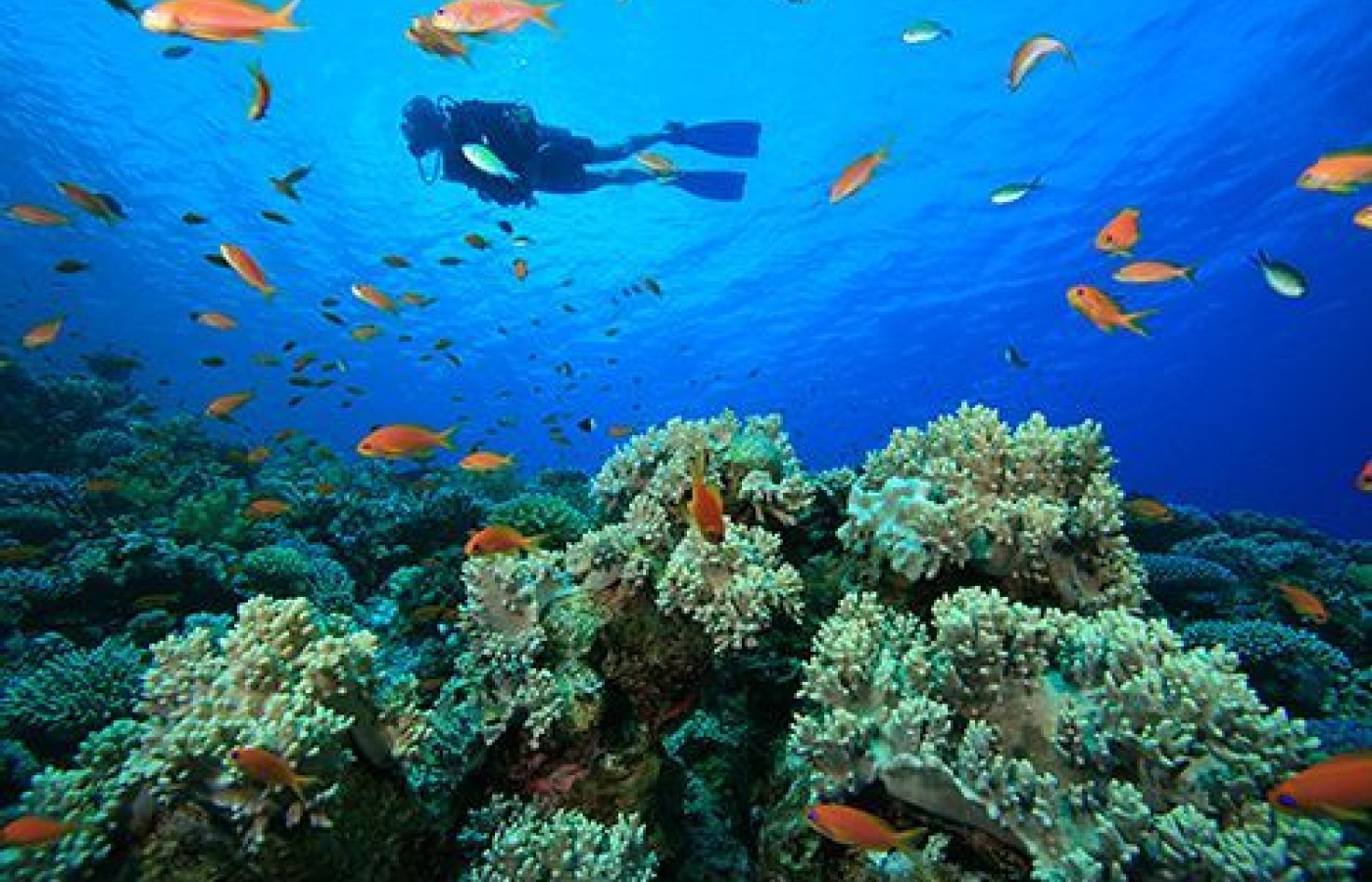New York's highest court of appeals has held that no-fault insurers cannot deny no-fault benefits where they unilaterally determine that a provider has committed misconduct based upon alleged fraudulent conduct. The Court held that this authority belongs solely to state regulators, specifically New York's Board of Regents, which oversees professional licensing and discipline. This follows a similar recent ruling in Florida reported in this publication.
A Dangerous Cause of Upper Back and Chest Pain
I was scuba diving in the Gulf of Mexico with several other divers to spear lionfish. Our first dive was to 100 feet and proved uneventful. On the second dive, a pair of divers went first while we waited for them to return. They boarded the boat with a full load of lionfish, which really excited me for the possibilities during my dive.
But I never made that second dive, due to the fact that one of the divers that just returned began to experience chest and upper back pain within minutes. We immediately administered oxygen and headed for the Coast Guard station. Upon arrival, our dive buddy was taken to a hyperbaric chamber.
I then began to notice a mild tightness in my own chest, difficulty fully inflating my lungs and associated tension in the upper back muscles. As I processed what had occurred to my buddy and what I was noticing in my body, I searched for more information regarding back / chest pain and scuba diving.
Diagnosis
I found several resources relating to Swimming-Induced Pulmonary Edema (SIPE), also known as immersion pulmonary edema. This occurs during elevated intravascular pressure, leading to abnormal leakage of pulmonary capillaries into the alveoli. SIPE usually occurs during exertion in conditions of water immersion, such as swimming and diving.1
The recent surge in popularity of triathlons and swimming in open-water events has correlated with an increasing incidence of SIPE. It has been reported in scuba divers, combat swimmers and triathletes. The causes are incompletely understood at the present time.1

During immersion, blood is rerouted from the periphery to the core, resulting in increased blood volume in the thorax and thus increased pressures in the pulmonary vasculature. Development of SIPE may be from this effect, in concert with a multitude of other contributing factors including cold water, hyper-hydration, uncontrolled hypertension, heavy exertion, and high breathing resistance (particularly on inhalation).2
Symptoms
The condition is characterized by dyspnea (shortness of breath), hemoptysis (coughing up bloody sputum), and symptoms of respiratory distress including crackles, wheezes and rattles. Fatigue and a sensation of "wet" lungs may also be present.
Symptoms are not depth-dependent! Mild symptoms of SIPE may be initially discounted, delaying attention to the acuteness of the situation. Symptoms may not be present for up to 12 hours post-event.
Treatment
Chest X-rays can reveal noticeable amounts of pulmonary edema. Exertion should be limited and oxygen treatment may be necessary. The patient may need referral to a medical facility equipped with a hyperbaric chamber. These episodes are generally self-limiting in the absence of other medical problems.
Research
A study in SIPE-susceptible individuals during submersion in cold water showed that pulmonary artery and pulmonary artery wedge pressures were higher than in non-susceptible people. SIPE may also be a cause of death during triathlons.3
For clinicians who work with swimming-related athletes, it is important to be familiar with the condition so symptoms can be recognized and appropriate action taken. When a patient presents with upper back and chest pain and a cough that began after participating in an event that included swimming and/or diving, consider the possibility of pulmonary edema as a causative factor.
References
- Miller III CC, Calder-Becker K, Modave F. Swimming-induced pulmonary edema in triathletes. Amer J Emerg Med, 2010;28(8):941-6.
- Case Summaries: Immersion pulmonary edema (IPE). Divers Alert Network: https://www.diversalertnetwork.org/diving-incidents/Immersion-pulmonary-edema-IPE.
- Moon RE, Martina SD, Peacher DF, et al. Deaths in triathletes: immersion pulmonary oedema as a possible cause. BMJ Open Sport & Exercise Med, 2016 Aug. 1;2(1):e000146 (open access publication – free to read).



